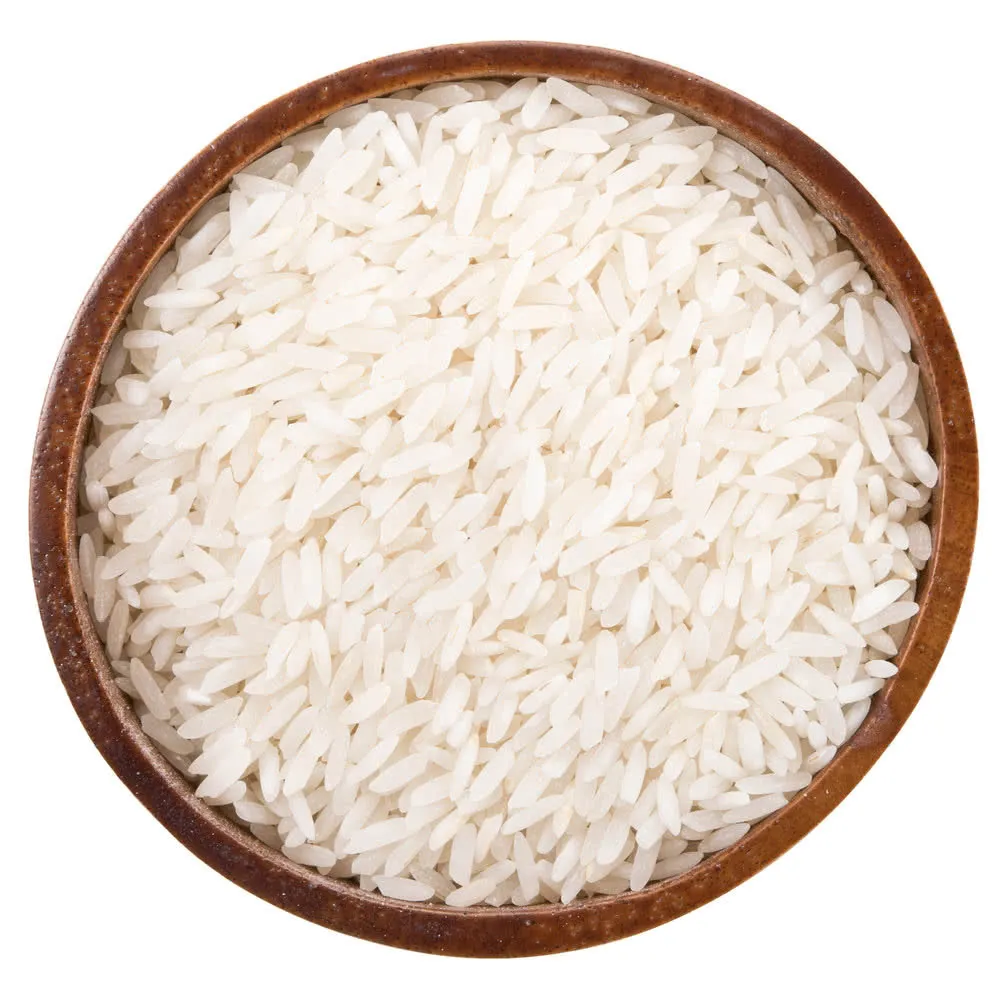
Benefits of basmati rice for diabetes: nutrition, GI, and health
Rice, which is a cereal grain that belongs to the grass species Oryza Sativa, is the most popular and the staple food of over half the global population. This is mainly in Asia and Africa.
This grain is the most important crop in terms of human nutrition. It is usually grown as an annual crop. needs ample water, so it grows best in areas with high rainfall.
Rice is available in many different varieties and the preferences of the locals also vary.
Restaurants near me
Basmati Rice is one of these varieties that are traditionally grown in India. The Indian subcontinent has been cultivating it for centuries. India produces more than 70% of the basmati rice in the world.
This basmati rice has long, slender grains with a distinct aroma and taste.
The state of Punjab in India and Pakistan are the only places where basmati rice is grown. Basmati rice is also available in several types and has been numbered according to their type, such as basmati 370 or basmati 385.
The aroma of basmati rice can decrease when cooking. Soaking the rice for 30 minutes prior to cooking will help reduce the cooking time and preserve the aroma.
Basmati rice comes in both white and brown varieties. Both varieties are nutritionally identical.
Table of Contents
Is Basmati Rice Good For Diabetics?
Basmati rice is a favorite of many people because it is delicious, aromatic and nutritious. basmati rice is a favorite of many due to its aroma, flavor and nutritional value. The question now is, can people with diabetes eat basmati rice.
Nearly 80% of diabetes sufferers live in developing countries, and nearly all have Type 2 Diabetes. According to the International Federation of Diabetes (IFD), more than 3 out of 4 adults who have diabetes live in countries with low and middle income.
This chronic condition our bodies cannot regulate or store blood sugar or glucose. The blood sugar can rise and drop quickly in diabetes. This disrupts the ability of the body to produce the hormone Insulin,secreted from the pancreas.
is a treatment for diabetes that involves controlling blood glucose levels and maintaining normal cholesterol and triglycerides.
Diabetes patients need to be careful about what they eat and how much exercise they do. You need to be aware of what you eat each day in order to prevent blood sugar levels from increasing.
You can control diabetes by monitoring the carbohydrate counts and glycemic indices (GI) of the foods you consume. The Glycemic Index of Foods helps you to know how foods can affect your blood glucose.
Rice is suitable for diabetic patients>. Rice is good for diabetics.
According to a study published in the Public Library of Science, a vegan diet based on brown rice was more effective in lowering HbA1c in diabetics than a traditional diet. Brown basmati rice is therefore suitable for diabetics. Further research is required to determine the long-term impact of a vegan lifestyle on diabetic health.
According to the National Institute of Diabetes and Digestive and Kidney Diseases (NIDDK), whole grains are a staple in a diabetic’s diet. Whole grains are high in fiber and not overly processed.
Whole-grain basmati rice is a good choice for those with diabetes. Basmati rice contains all eight essential amino acids, folic acid, and is cholesterol-free and free from gluten.
Glycemic Index of Basmati Rice

Rice contains a lot of carbohydrates, has a high GI that is high and can be problematic for people with diabetes. It is not always true. Even if you are diabetic, you can still consume rice. However, the portion of it should be clearly defined. There are many types of rice, and it is best to use the healthier varieties.
The whole grain Basmati rice has a low-to-medium glycemic index (between 58 and 69),
which means that once it has been digested, the energy is released slowly. This is crucial for diabetes management.
The brown Basmati rice is low in glycemic index and easy to digest. The brown basmati rice contains a high amount of vitamin B and minerals like copper and magnesium. This rice’s magnesium content helps control blood sugar.
Whole grain basmati is rich in fiber, which is essential for gut health. It also improves bowel function.
High fiber consumption is linked to a reduced risk of bowel carcinoma, a decreased risk of complications from type 2 diabetes, and an increased feeling of satiety and weight loss.
Whole grain foods are also associated with a reduced risk of stroke and heart disease.
Basmati rice comes in both brown and white varieties.
What is the difference between them?
- White Basmati rice: This is a more processed rice. This type is stripped of the bran and germ.
- Brown Basmati Rice:This is rice that has not been processed. This rice is not processed, and only the hull is removed, leaving the bran layer intact, as well as the germ, which contains nutrients. It also has no cholesterol, fat or sugar. It is ideal for diabetics because it provides more nutrients with fewer carbohydrates.
Restaurants near me
Both the white and brown varieties are essential for a healthy diet. However, brown basmati contains more phosphorus and zinc. It also has more folate and potassium.
This rice is a great source of fiber for people with type 2 diabetes.
Basmati Rice: Benefits
- Keeps your Gut Happy: This is because of the high amount of soluble fibres that help improve the efficiency of digestion and increase nutrient intake.
- Weight Loss: Eating boiled basmati rice accelerates weight loss due to its high fiber content. It keeps you satisfied for longer and helps to avoid overeating. It is also low in fat.
- Enhances Heart Health: Whole grain brown basmati is known to reduce the risk of heart disease because whole grains lower blood cholesterol levels.
- This rice is rich in Vitamin B1(thiamine). This vitamin is essential for brain health. Its insufficiency may lead to Wernicke encephalopathy.
- Regulates blood glucose levels: The presence of soluble fibers helps in regulating blood sugar levels. Also, it tends to reduce serum lipids. It is therefore ideal for diabetics.
- Lower Cancer Risk: Brown basmati rice contains more fiber. Diets high in fiber can reduce your risk of certain cancers.
Bottom Line
Basmati rice is safe for people with diabetes, but only in moderation. Maintaining a healthy diet is essential.
Choose the right rice variety for you. Consider switching to brown or wild if you suffer from diabetes. It’s high in fiber.
Diabetics should avoid white rice because it has a higher glycemic rating than brown rice varieties.
Even if you have diabetes, you can still enjoy the health benefits of basmati brown rice. Last but not least, consult your doctor for advice on portion sizes and do not overeat.

